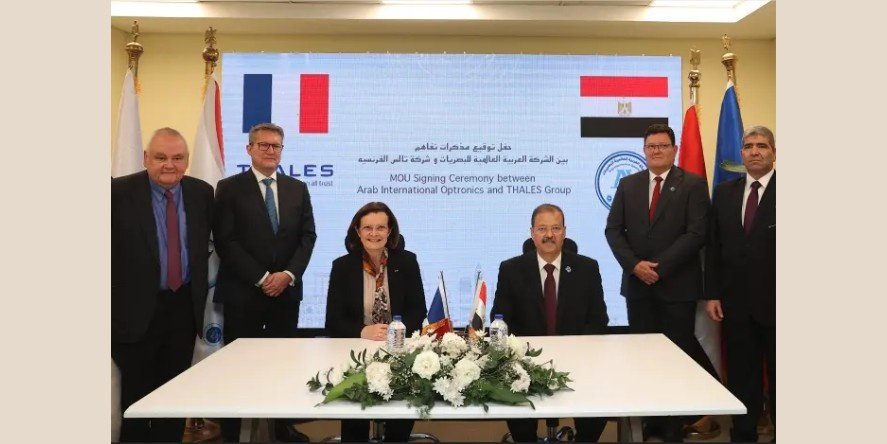Orange Middle East & Africa Deputy CEO, Brelotte Ba, emphasized the growing importance of investing in network resilience following the cable cuts in March 2024, as demand for connectivity in Africa surges with the rise of AI technologies.
In March, a cable incident near the Ivory Coast resulted in the severing of four subsea cables simultaneously, causing internet blackouts in 13 countries. Seven of these countries, including Senegal, Liberia, and the Ivory Coast, are part of Orange’s service footprint. Ba addressed the issue at the Africa Tech Festival in Cape Town on November 12, detailing how the company managed the crisis.
Ba explained that many African countries, particularly those with single cable landing stations, lack robust network resilience. To restore connectivity quickly, Orange rerouted traffic from affected regions to other operational markets, minimizing downtime despite the time-consuming repairs required on the ocean floor.
“This cable cut was a turning point. It completely changed our approach to resilience,” Ba noted. “Resilience used to be about connecting to multiple submarine cables, but now it’s about linking submarine cables to terrestrial networks and having the ability to switch between hubs seamlessly.”
Citing data shared by Minister Solly Malatsi of South Africa’s Ministry of Communications and Digital Technologies, Ba highlighted that improved connectivity could contribute US$180 billion to Africa’s GDP, representing 5.2%. He emphasized that achieving this growth requires dependable, high-performance networks to support the technology ecosystem.
Ba also pointed out the economic cost of the cable cuts, noting that the Ivory Coast could lose up to US$25 million per day, and Egypt could face daily losses of US$125 million.
In response to the incident, Orange has since increased its network resilience fivefold in key locations across its West African footprint. Ba concluded that building extensive terrestrial networks connected across hubs is essential to addressing resilience challenges, while also creating new opportunities for serving both B2B and B2C customers.















